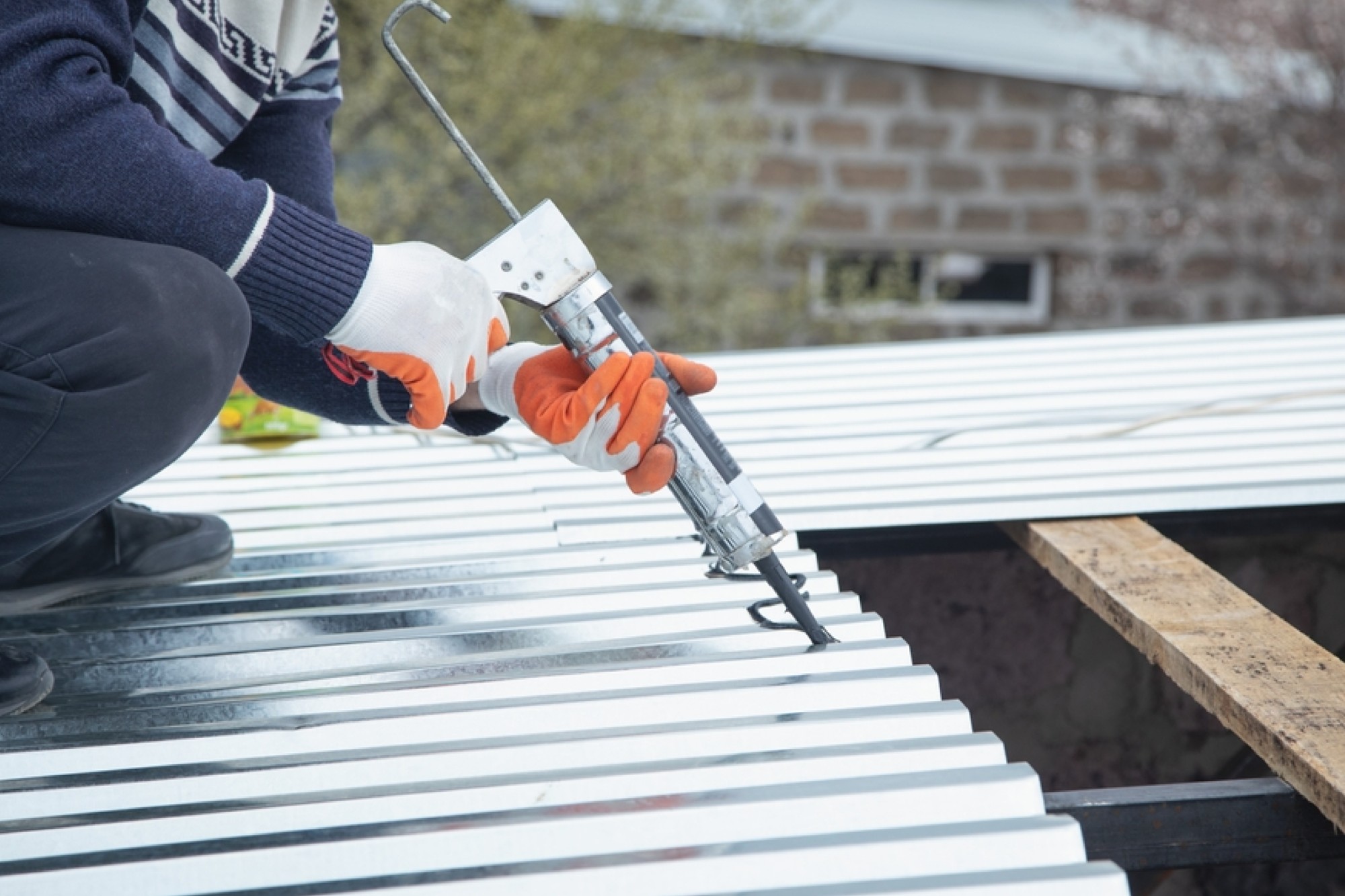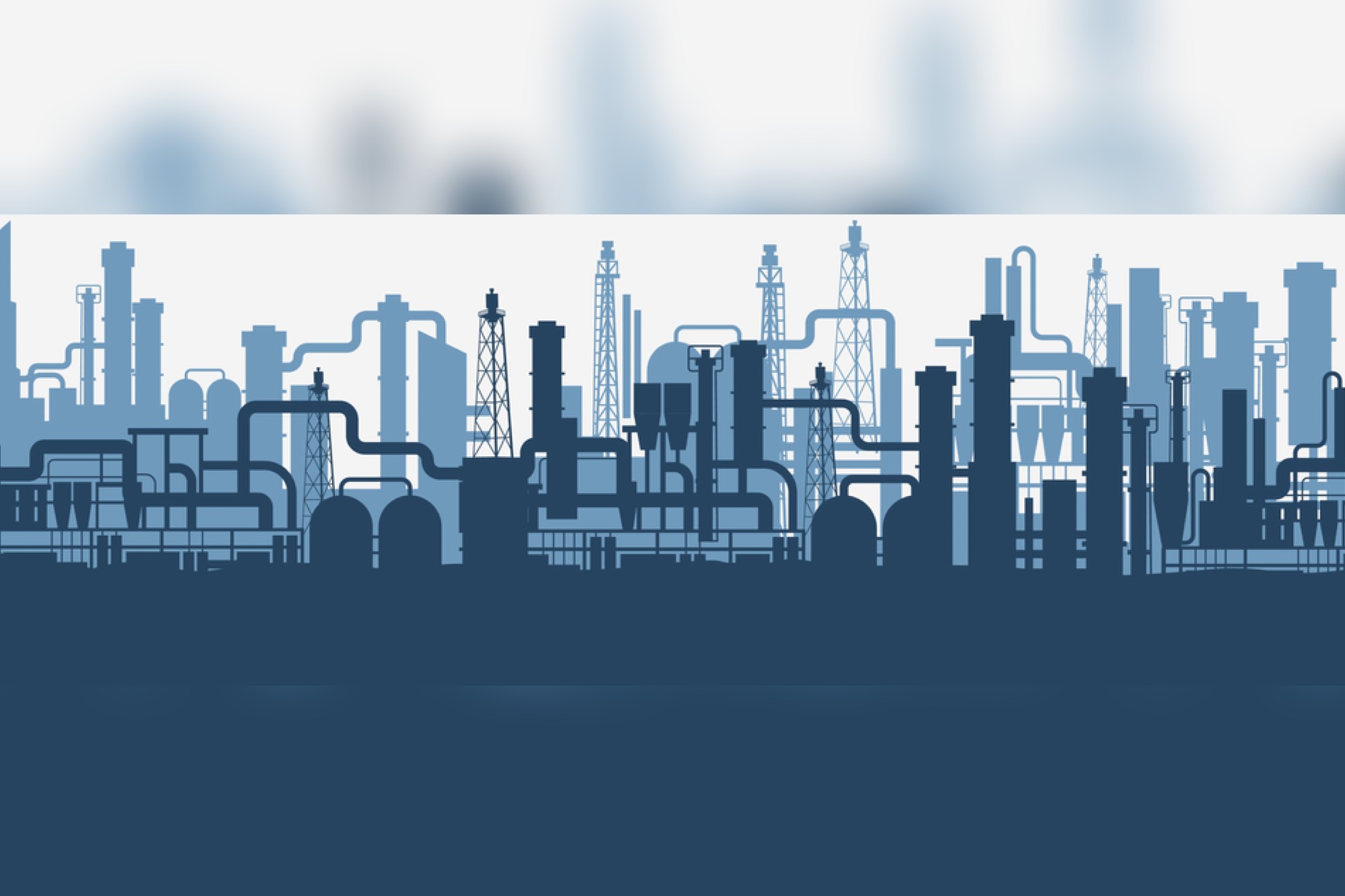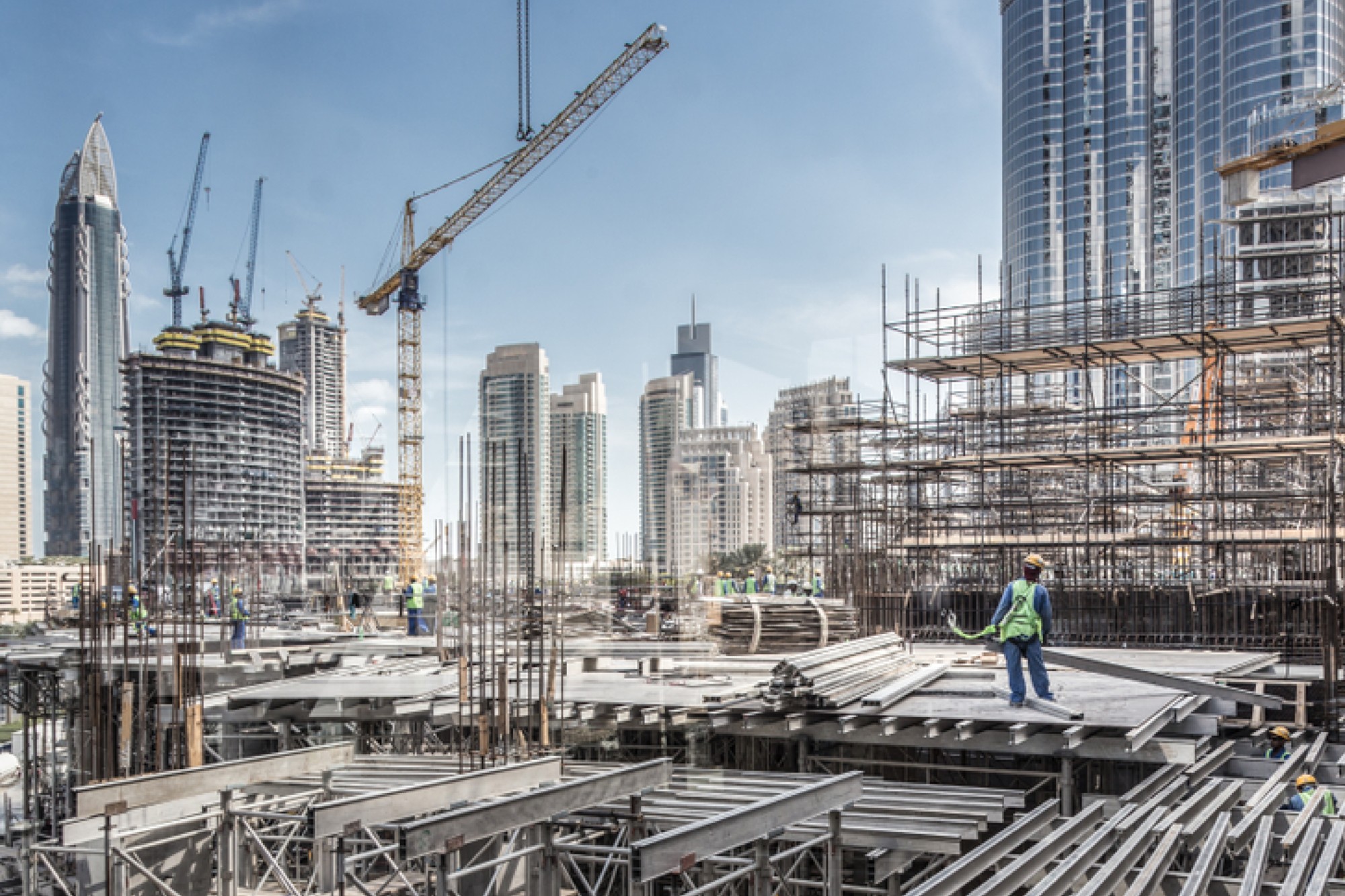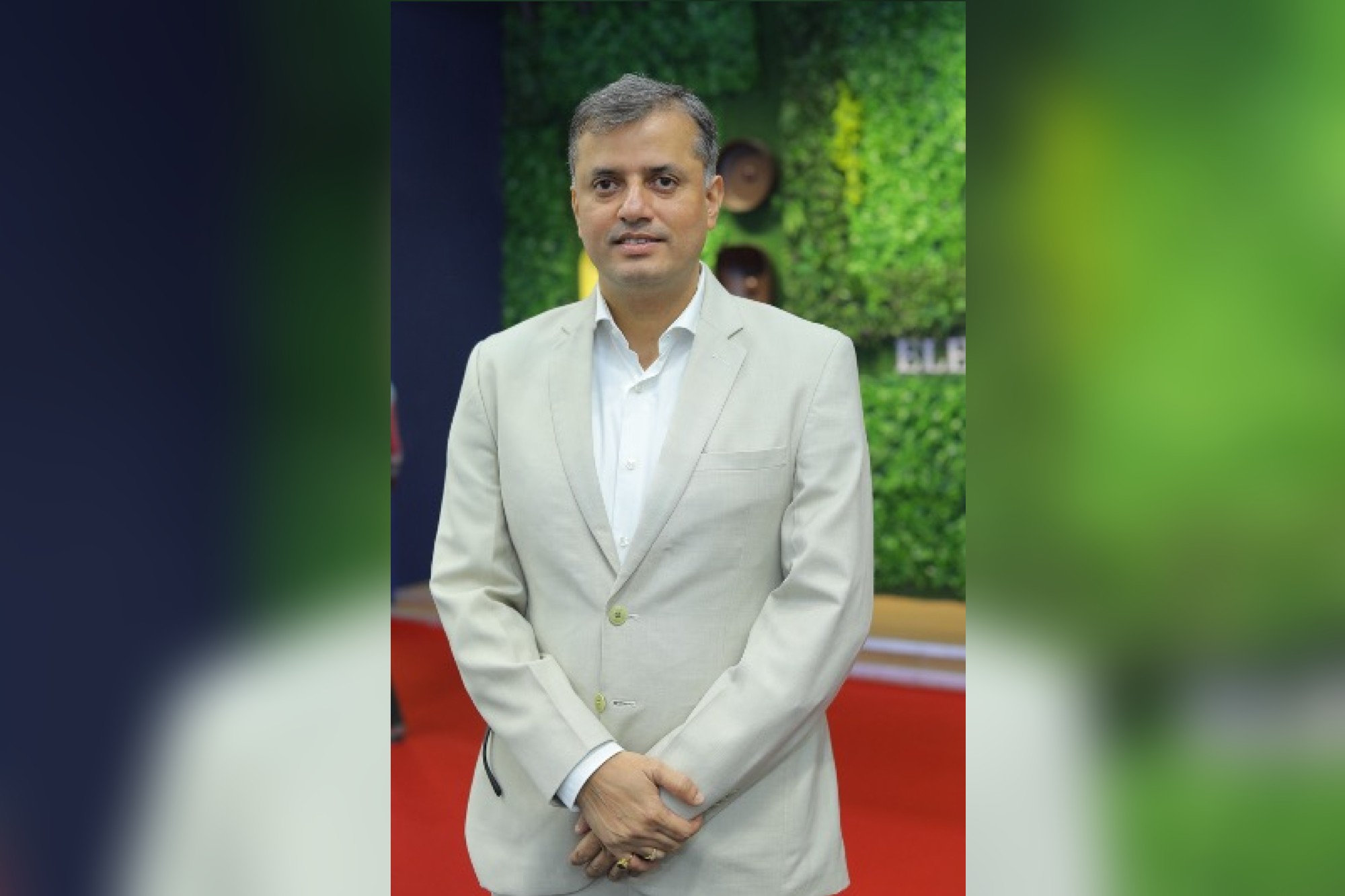Why waterproofing is important for concrete
By Edit Team | November 24, 2017 12:20 pm SHARE
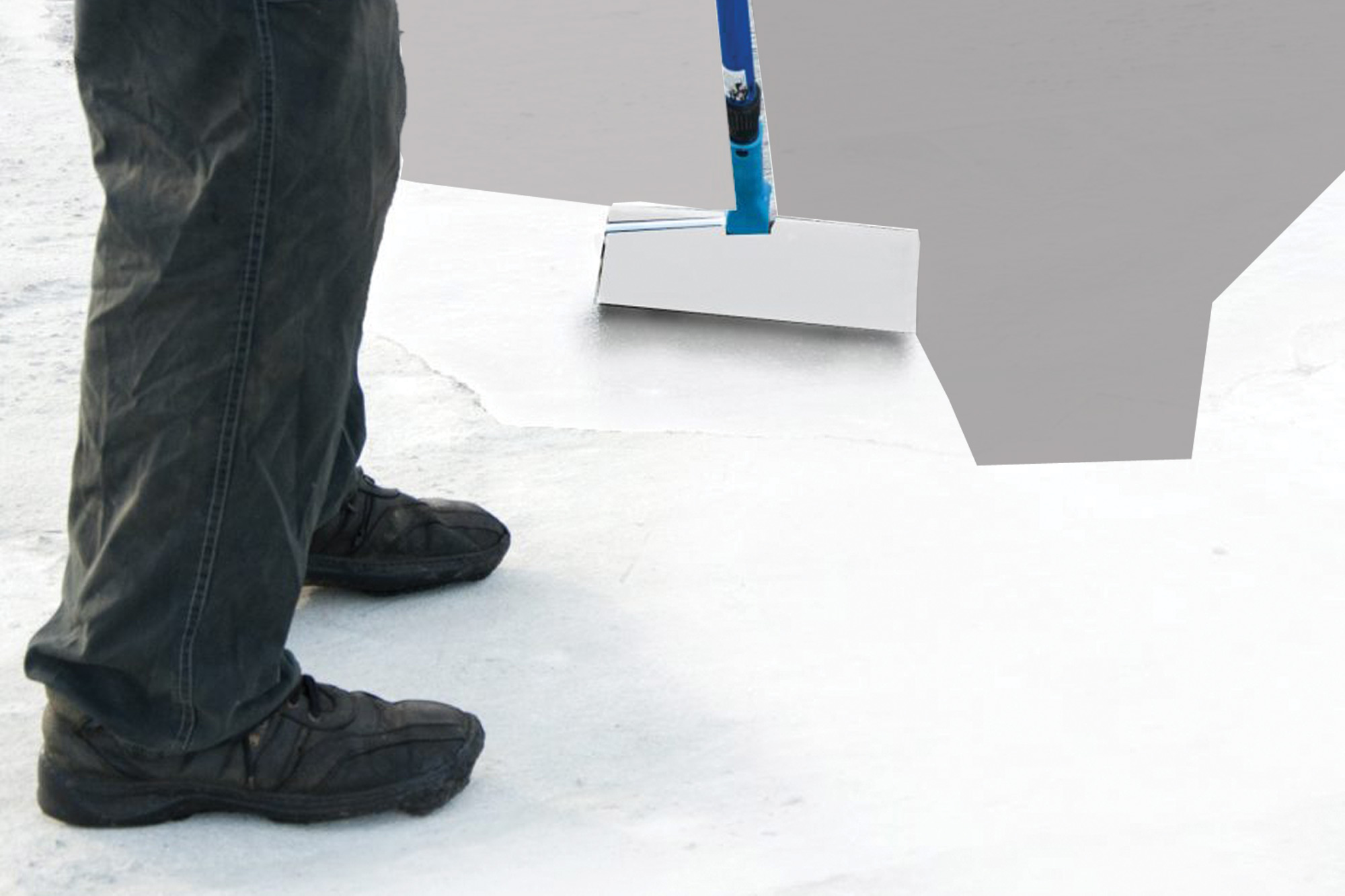
Discussing the importance of waterproofing for concrete.
Since the early days, immediately after food man started finding for shelter and they tried out means for protection from natural elements specially water. Since then, even after huge technological advancement, waterproofing still remains a serious issue for construction industries. Hear we discuss the reasons why waterproofing is important for a concrete.
Sukanta Mallik, VP – R&D, CICO Technologies Ltd, says, “We do not suffer any lack of advanced system or materials, but mainly waterproofing problems plague us due to increasing complexity of construction, blatant disregard to most of the waterproofing principles, and also, inability to co-ordinate interfacing between the multitudes of construction systems involved in a single building.”
Basic requirement for all types of structures
A very frequently asked question in construction industries is that why should we do waterproofing, when we are going for a high grade concrete?
The answer to this question lies in the basic ingredients of concrete. Concrete consists of four basic materials viz. cement, coarse aggregate, fine aggregate and water. Mallik adds, “We all know that for the hydration of cement 20 per cent to 25 per cent of water is required, but it is very difficult to make a concrete workable with 0.2 or 0.25 water cement ratio. For a controlled condition, requirement of water goes up to 0.7 (w/c ratio) to achieve a workable concrete. By using hyper plasticiser we can bring down the same up to a great extent.”
Even after making such designed concrete some amount of unconsumed water remains inside the concrete mass which travels through the concrete in the process of evaporation and creates capillary pores-which are the sources of water leakages. Other than capillary pores, other two sources of leakages are – 1st Honeycomb, which occurs due to poor mix proportion, wrong workability and bad workmanship and, the 2nd is cracks, which can be thermal cracks, settlement cracks, shrinkage cracks. “All these three reasons are partially unavoidable at site. Hence, it is a wise decision to waterproof a structure for protection and enhancement of the life of structure,” states Mallik.
Choose the right waterproofing system
Anandita Kakkar, Deputy General Manager, Kryton Buildmat Co Pvt Ltd, says, “When building any concrete structure, mitigating water ingress through the concrete is a critical factor in the overall integrity of the project.”
Water acts as a carrier of harmful chemicals such as chlorides that corrode steel reinforcement, leading to internal stress and cracking. By the time the effects are seen on the surface, great damage has been done to the inner structure. Once the integrity of the concrete is compromised, corrosion can spread quickly and undetected throughout the core of the structure.
Kakkar informs, “Getting the right kind of waterproofing, that meets your site’s unique requirement is an essential part of creating a durable structure. Where waterproofing systems are not designed according to specific needs of the construction, the developer or owner ends up spending more on repair, than he/she would have, if the right kind of system had been used, from the very initial stage.”
Not required in dry exposures
Sunny Surlaker, Head Admixtures Division, MC-Bauchemie India Pvt Ltd, informs, “Most concrete does not require waterproofing, because it is used where it is not exposed to water under pressure or it is of such high quality that water cannot penetrate it. Waterproofing may not be required in dry exposures like interior walls and floors above grade.”
Surlaker feels concrete roofs as well as walls and floors below grade are frequently subjected to sufficient water pressure and need waterproofing. Far more severe exposures to water under pressure in tunnels, water-holding structures and bridges require serious attention to design and construction of waterproof barrier systems.
The desirability of waterproofing and its impact upon the safety, comfort and health of building occupants cannot be overemphasised. Leakage and dampness in different structures are chronic problems that occur from time to time due to several reasons, after construction or at a later stage. Slight dampness and wet patches, lead to peeling-off of plasters and delamination of paints. Seepage and leakage of water gradually set in through weak spots. By the time, water enters the body of the structure; corrosion of the reinforcement has already weakened the structure.
Surlaker explains, “Leakage and development of cracks in the building occur mostly due to avoidable reasons such as defective design, use of sub-standard materials, inadequate curing of concrete and insufficient concrete covering of reinforced bars, poor workmanship, negligent supervision or non-maintenance.”
He further states, “Most leaks occur through cracks in joints or walls but some develop through highly porous or honeycombed concrete. This results in ingress of water, moisture and environmental pollution in the RCC structure, which result in a weak structure. This makes waterproofing an important aspect of construction today.”
Surlaker comments, the only way to avoid ingress of water into a structure is to put up multiple barriers to water. The system includes:
• Producing and placing good quality high performance waterproof concrete, incorporating a high performance Dynamic SynCrystallisation based integral waterproofing additive.
• Proper curing with Acrylic Curing Compounds helps mitigate cracks in the structure and create an additional barrier to water.
• Proper joint treatment with sealants
• Application of a physical barrier to ensure the water does not enter the building envelope. Materials like crystallisation based coatings or flexible membrane forming coatings help here.
• Protective waterproof plasters and protective coatings help complete the envelope and prevent ingress of water into living spaces.
Reduce capillary action and permeability
Apurba Mallik, Head – R&D, STP Ltd, says, “Watertight concrete is not a waterproofed concrete. Water tight concrete is a high grade concrete where water cement ration is kept low with special plasticiser and with good compaction, vibration and vacuum application. This water tight concrete has very low permeability but not free from dampness.”
He explains, “If the high grade concrete is used as water retaining structure, dampness is not an issue and hence water proofing is not required.”
But if this concrete is used in basement, habitable, in sophisticated instrument room, archives, dampness is a factor. Waterproofing of this concrete is essential to stop water vapour transmission also.
Waterproofing means water tightness plus damp proofing.
Water resistance admixture and pozzolanas in wetting stage may improve the resistance to permeability, but it creates very narrow capillaries. Narrower the capillaries greater is the speed of water transport through concrete.
Mallik informs, “Passage of water through concrete in wet condition is more aggressive with capillary action than permeability.” He also added, “Water proofing of concrete is thus the answer to reduce capillary action and permeability where use of concrete slab requires damp proofing and corrosion inhibition of rebar.”
Usage of High-quality concrete mixtures and good construction practices
According to Sanjay Bahadur, Global CEO, Construction Chemical Division, Pidilite Industries Ltd, “The usage of reinforced concrete has revolutionised the construction industry in the last five to six decades. It is however still susceptible to failure of the hydrophilic envelope with consequential interior damage due to the intrusion of wind and water.”
Damp proofing and waterproofing makes the structure impermeable to water. In general, concrete’s permeability decreases as its strength increases. Very little water and moisture can seep through a high-strength, dense concrete, but concrete of a low strength that is poorly fused can be quite permeable. Therefore, the first line of defence against water problems is the use of high-quality concrete mixtures and good construction practices.
When it comes to concrete constructions in cities like Mumbai, Chennai, Bangalore and more, there is a sharp rise in housing demand in this region of the country. As a result of which, fast construction techniques unknowingly compromising on the quality of constructions have come into practice. Factors like production of concrete by volume batching, which is measuring different ingredients of concrete like cement, sand, coarse aggregate and water before mixing it, minimal control of water cement ratio, less number of days given for the concrete to settle affect the quality of construction and eventually life of the structure. The concrete usually has high porosity. The cracks the concrete lead to dampness, and the life of such structures is unsurprisingly reduced.
Prevent cracks, rusting and leakages
One of a very effective way is using liquid waterproofing material for concrete and plaster. These new age waterproofing solutions act as an ultimate tonic for cement which can be used from foundation up to the roof of the building. These specially formulated additives are known to increase the life of buildings. These can be used even during the repair of any structure. “Using specific additives in the construction material improves the integral waterproofing properties of cement, concrete and plaster after initiating cure. It helps prevent cracks, rusting and leakages. Hence, it would also prevent decay of construction and keep the structure stronger for a longer period of time,” Bahadur informs.
LW+ acts an ultimate tonic for cement
Additives like LW+ from the house of Dr. Fixit act as an ultimate tonic for cement and can be used from foundation up to the roof. Dr. Fixit LW+ is an integral liquid waterproofing compound that reduces water-permeability of concrete. Waterproofing is a process that is designed to prevent water from penetrating the structure. It is typically done in various layers and stages to create multiple barriers so that water does not seep into the structure.
LW+ is a specially formulated cement additive that increases the life of the building as a result of which there are no cracks, no rusting and no leakages. Moreover, it makes concrete cohesive and prevents segregation. It improves the integral waterproofing properties of cement, concrete and plasters after curing, resulting in longer life of the building.
Cookie Consent
We use cookies to personalize your experience. By continuing to visit this website you agree to our Terms & Conditions, Privacy Policy and Cookie Policy.


